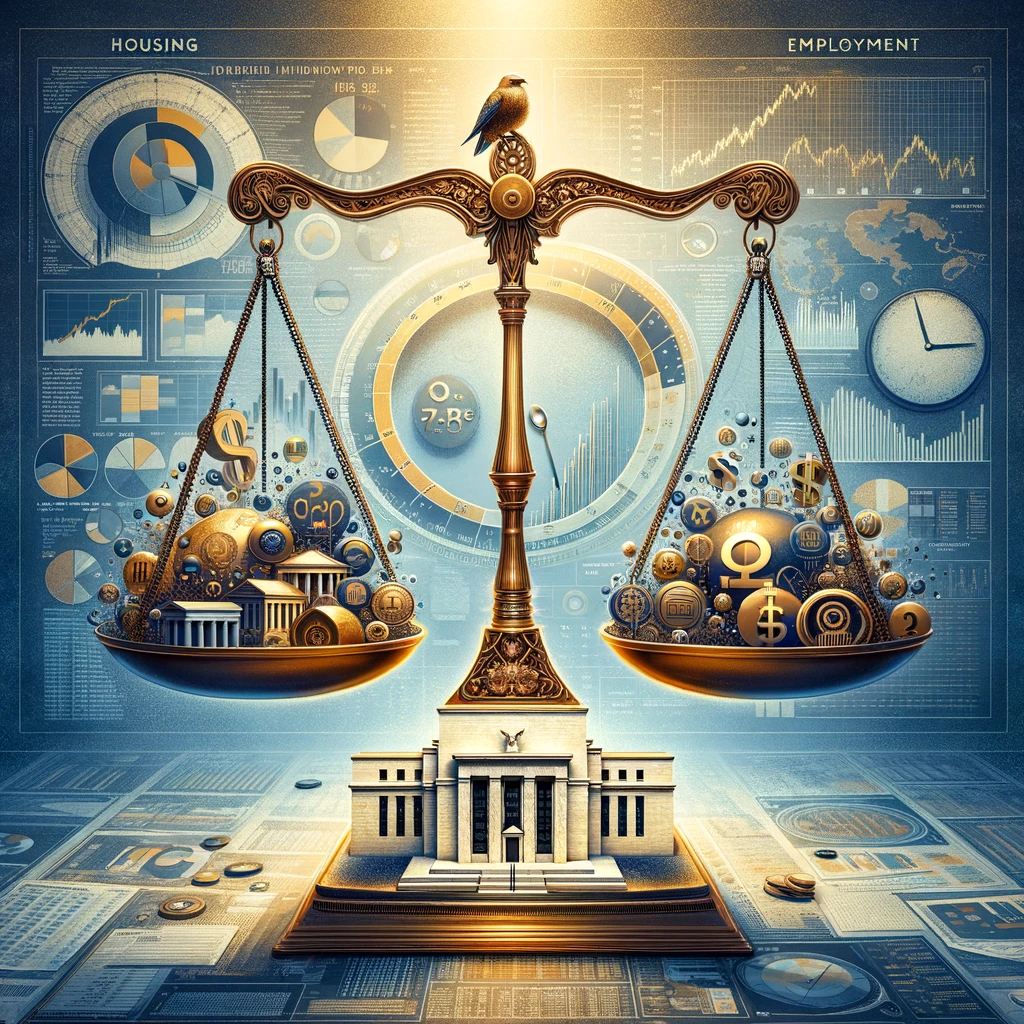
The scenario with the Federal Reserve and interest rates is becoming akin to a suspense thriller where the hero, against all odds, refuses to throw in the towel. The latest updates from the Federal Reserve’s camp reveal a cautious stance towards the idea of slashing interest rates from their towering 23-year summit. Christopher Waller, a heavyweight in the rate-setting arena, has thrown a curveball with his recent speech, advocating a delay in rate cuts amidst inflation concerns that refuse to bow down quietly. This move underlines a broader sentiment within the Fed: patience is a virtue, especially when dealing with the economy’s unpredictable waves.
Unpacking the Inflation Enigma
The Federal Reserve’s rate hike journey through 2022 and 2023 was nothing short of aggressive, a bold stance against the most severe inflation pressures seen in generations. Just when the narrative seemed to tilt towards rate reductions following a significant drop in inflation during the latter half of the past year, the plot thickened. The U.S. economy displayed remarkable resilience, but the stubbornness of inflation, particularly in the services sector, hinted that the battle was far from over.
Recent inflation readings have somewhat dampened spirits, indicating that the previous progress might be losing steam. The notion that we’re at a standstill has gained traction, prompting suggestions to either scale back on the number of rate cuts or to push such decisions further down the timeline. The inflation indicators for February, with the headline consumer price index and its core counterpart (minus the volatile food and energy sectors) both ticking up by 0.4%, have certainly not made the case for optimism.
Amidst this backdrop, Waller’s stance—that any move towards reducing rates needs to be approached with caution—echoes a larger sentiment within the Federal Reserve. With the economy’s robustness as a safety net, the Fed believes there’s leeway to adopt a wait-and-see approach, ensuring any actions taken are in response to sustained positive trends rather than transient data blips.
The Debate Over Rate Cuts
The recent discussions within the Federal Reserve reveal a divide in expectations regarding the future path of interest rates. While a small faction within the Federal Open Market Committee leans towards the possibility of three rate cuts within the year, this perspective finds resonance with market participants yet stands at odds with many economists. The latter group, according to a poll, anticipates two or fewer rate adjustments, highlighting a more hawkish outlook compared to both the market and some Fed officials.
This divergence in expectations is not grounded in differing views of the economy’s trajectory. Both camps, the economists and the Fed officials, share a consensus on the economic outlook, foreseeing stable growth, inflation, and unemployment rates. The crux of the matter lies in the approach towards dealing with core inflation rates that remain uncomfortably high. The Federal Reserve seems prepared to entertain the risk of premature rate cuts, a strategy that not all economists agree with, given the potential for inflation to rebound.
The Federal Reserve operates under the principle that monetary policy influences the economy with a lag, typically spanning around 18 months. This understanding suggests that waiting for inflation to hit the 2% target precisely before acting might not be the wisest course. However, the willingness to possibly ease up on rates by as much as 75 basis points this year, despite the uncertainties, underscores a significant easing bias within the Fed—a stance that appears somewhat more audacious when juxtaposed against the cautious optimism of academic economists.


